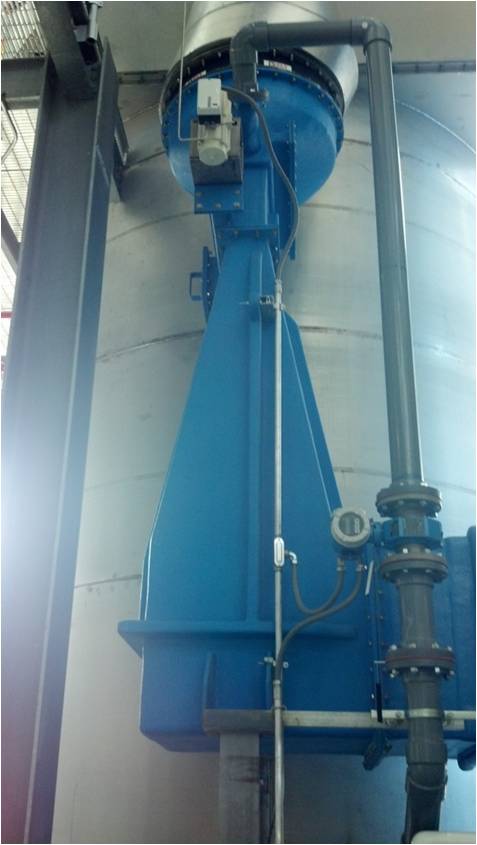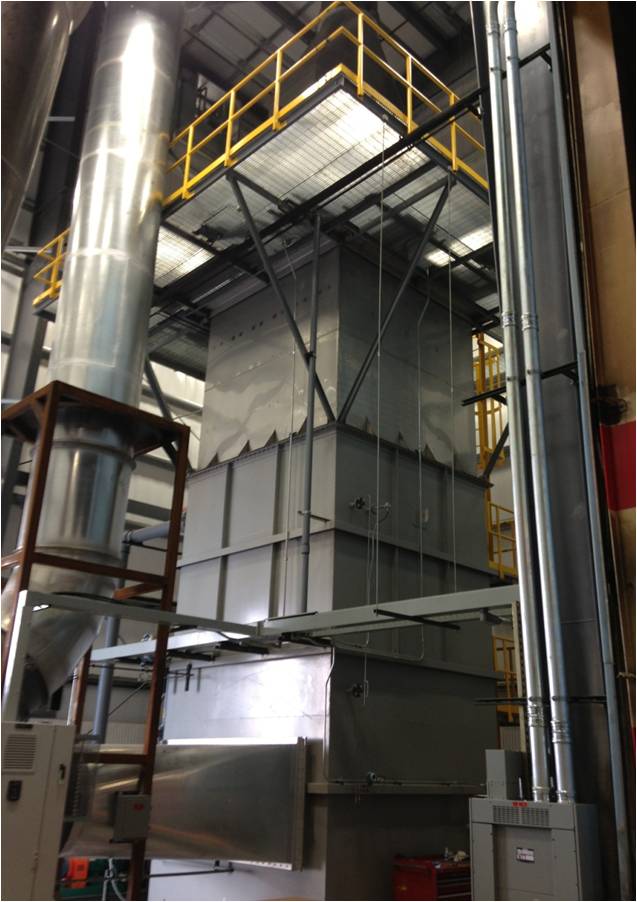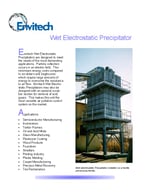Sewage Sludge Incinerators (SSI)
Application: Sewage Sludge Incineration
Sewage sludge incinerators (SSI) typically operate at municipal waste water treatment facilities and combust dewatered sewage sludge to reduce sludge volume and disposal costs. Two main types of incinerators used include multiple hearth furnaces (MHF) and Fluidized bed incinerators (FBI). Emission limits are regulated by 40 CFR Part 60 and 62 and are dependent on the incinerator type. Limits for an FBI are more stringent than for a MHF. For instance, the particulate (PM) limit for an existing MHF is 80 mg/dscm @ 7% O2, but 18 mg/dscm @ 7% O2 for an FBI. Limits for new units are substantially lower for particulate and heavy metals than for existing units. For some heavy metals they may be 1 or 2 orders of magnitude lower.
Control technology used for both incinerator types is similar to control equipment used for hazardous waste combustors (HWC), commercial and industrial waste incinerators (CISWI), and hospital, medical, and infectious waste incinerators (HMIWI). The primary difference is that an SSI scrubber uses once through water to quench, sub-cool, and absorb acid gases rather than re-circulated water. That is because there is an abundance of plant effluent available for the scrubber. A typical SSI scrubber arrangement is a quencher to cool the gas to saturation and remove large particulate, condenser/absorber to neutralize acid gases and sub-cool the gas, Venturi scrubber/entrainment separator to remove particulate, and a wet electrostatic precipitator (WESP) to remove sub-micron particulate and condensed heavy metals. A carbon bed adsorber is used for removal of dioxin/furans and mercury.
NESHAP MACT Standard: Sewage Sludge Incineration (SSI), 40 CFR Part 62 and 40 CFR Part 60
Exhaust Source: Sewage Sludge Incinerators
Pollutants:
- Particulate: (PM)
- Heavy metals: Lead (Pb), Cadmium (Cd), Mercury (Hg), Dioxin/Furans
- Acid gases: HCl, SO2
Equipment
- Quencher
- Condenser/Absorber
- Venturi Scrubber/Entrainment Separator
- Wet Electrostatic Precipitator (WESP)
- Carbon Bed Adsorber





